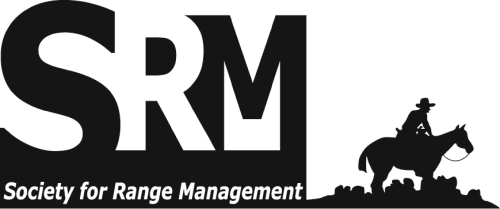We studied the impact of fire on an ungrazed sacaton grassland community at The Research Ranch in southeastern Arizona. Two summer burns were followed through two post-fire growing seasons. A winter burn was studied through one post-fire growing season. Burning reduced the height and extent of sacaton grass (Sporobolus wrightii) itself, and stimulated growth of other grasses and forbs. Summer fires created more bare ground and encouraged a greater number and variety of annuals than the winter fire. The fires had the effect of reducing total small-mammal populations and greatly increasing bird populations. These results were more dramatic on the areas which burned in early summer than on the winter-burned plot. Raptors and most game birds, particularly mourning doves, were most abundant on one-year-old burns. Seed-eating birds (Fringillidae) preferred burned over unburned areas. Cotton rat (Sigmodon hispidus) populations were greatly reduced by the fires, while populations of seed-eating pocket mice (Perognathus) and kangaroo rats (Dipodomys) increased, especially on the summer burns. Sacaton grasslands recover rapidly even from summer burning, at least in the absence of livestock. Results of this study suggest that fire is beneficial to the indigenous plants and wildlife of sacaton communities, as long as a mosaic of different aged stands is maintained. This material was digitized as part of a cooperative project between the Society for Range Management and the University of Arizona Libraries. The Journal of Range Management archives are made available by the Society for Range Management and the University of Arizona Libraries. Contact lbry-journals@email.arizona.edu for further information. Migrated from OJS platform August 2020

Scholarly peer-reviewed articles published by the Society for Range Management. Access articles on a rolling-window basis from vol. 1, 1948 up to 5 years from the current year. Formerly Journal of Range Management (JRM). More recent content is available by subscription from SRM.